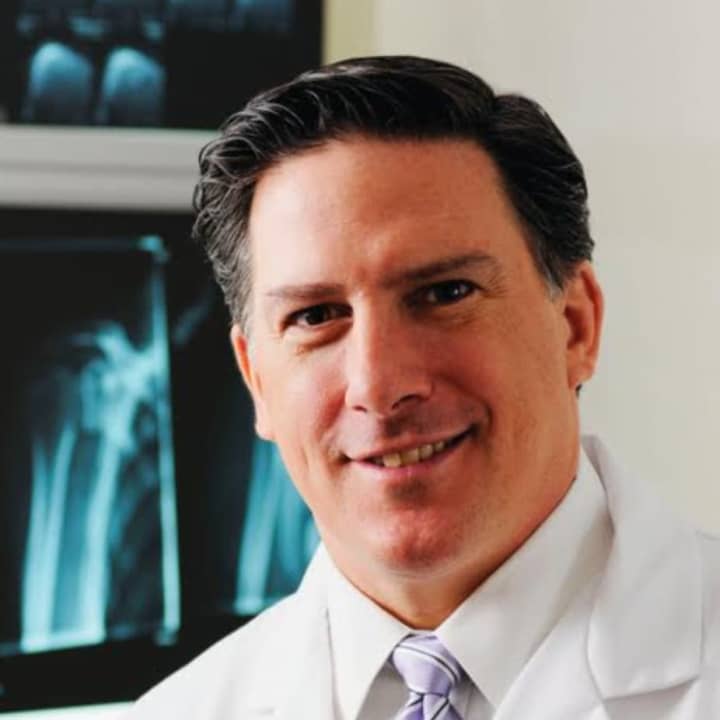The standard approach to ACL injury across the world is to perform a reconstruction of the ligament using a variety of techniques and grafts. This procedure removes all of the remnants of the torn ligament and replaces them with a graft, meant to act as scaffolding for the body to create a new ligament from scar tissue. I consider this technique the one-size-fits-all approach.
As an orthopedic surgeon at Hospital for Special Surgery with a primary focus on ligament repair, I do not adopt a one-size-fits-all approach to treating ACL injuries. Using a variety of techniques that I have developed and refined over the past several years, I prefer a customized approach that strives to save as much of the native ligament tissue and native biology as possible.
I only use reconstruction as a last resort when there is little remaining native tissue. Saving the native ACL tissue allows me to minimize surgical insult to the patient, while maximizing the native biology, blood supply and nerve endings. Patients can recover more quickly and have a knee that feels more “normal.” Currently, I can save most or the entire native ligament in nearly 50 percent of my ACL-injured patients.
When a patient tears his or her ACL off the bone, I can reattach it back in place. When this “perfect tear” occurs, it is called a proximal avulsion-type tear. An MRI can help to determine if an ACL can be repaired using my technique, but only 10 to 20 percent of patients qualify for this approach. To date, the youngest patient to undergo this procedure was six years old, and the oldest was 57 years old. I refer to this surgical option as ‘small’ ACL surgery, because the recovery time is significantly faster for patients than if they had undergone a full ACL reconstruction.
Furthermore, if the knee is reinjured at a later date, a straightforward reconstruction can be performed to address the new injury. In other words, no surgical bridges are burned by performing the repair first for the appropriate tears. It is a perfect approach for children with growing bones. These tears are best treated within the first 1-3 weeks after injury. There are exceptions, but time should not be wasted before evaluation.
I developed this unique, customized approach to ACL surgery because I wasn’t happy with the one-size-fits-all approach to reconstruction for all ages and injury types. Reconstruction sacrifices all of the native tissues, is ‘big’ surgery, and is, in my opinion, unnecessary for close to half of my patients. By addressing the unique needs and injury patterns of patients on a case-by- case basis with personalized surgery, I’m like a custom tailor for knees.
To hear more from Dr. DiFelice about his procedure, please check out the exclusive HSS video here.
Dr. Gregory DiFelice is an orthopedic surgeon specializing in Sports Traumatology and Joint Reconstruction Surgery at Hospital for Special Surgery.


